Article Explorer
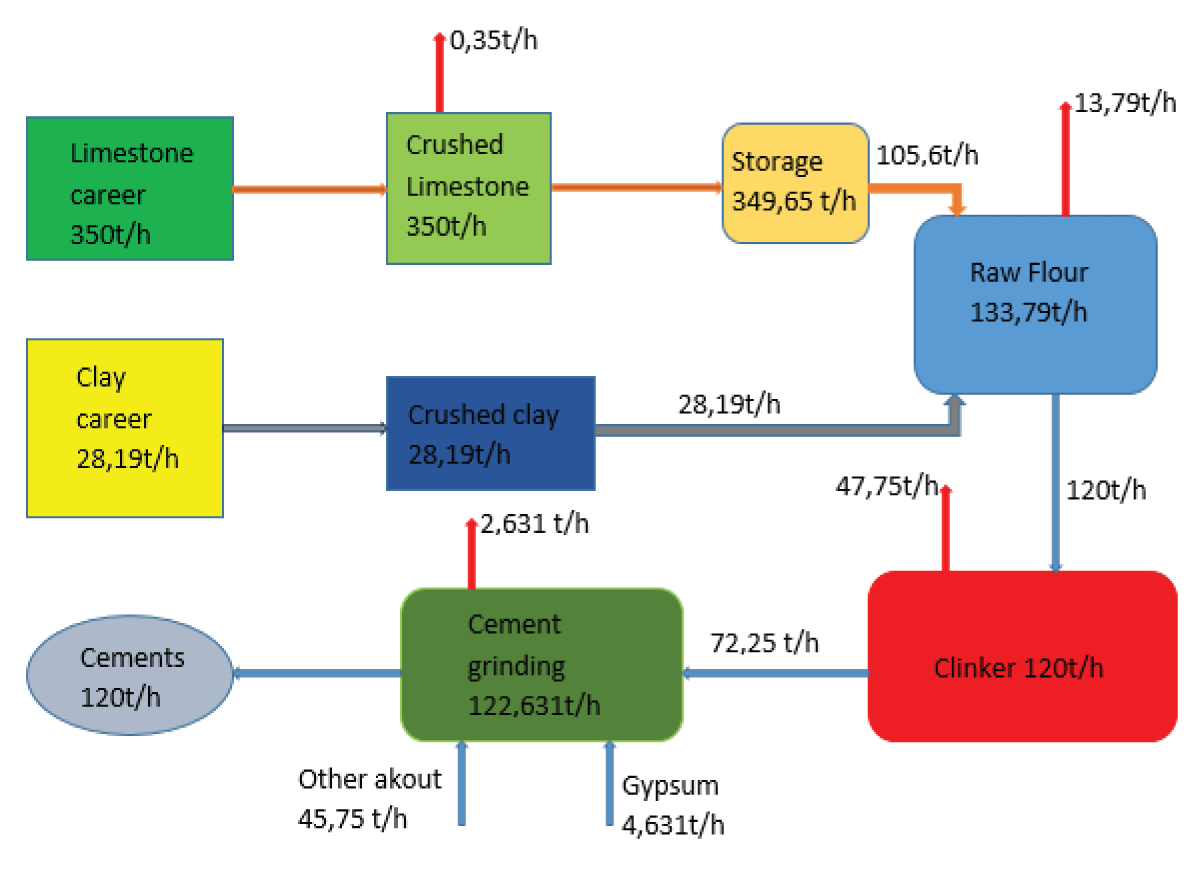
The Lukala Cement Plant's Life Cycle Analysis: Towards a More Sustainable Production
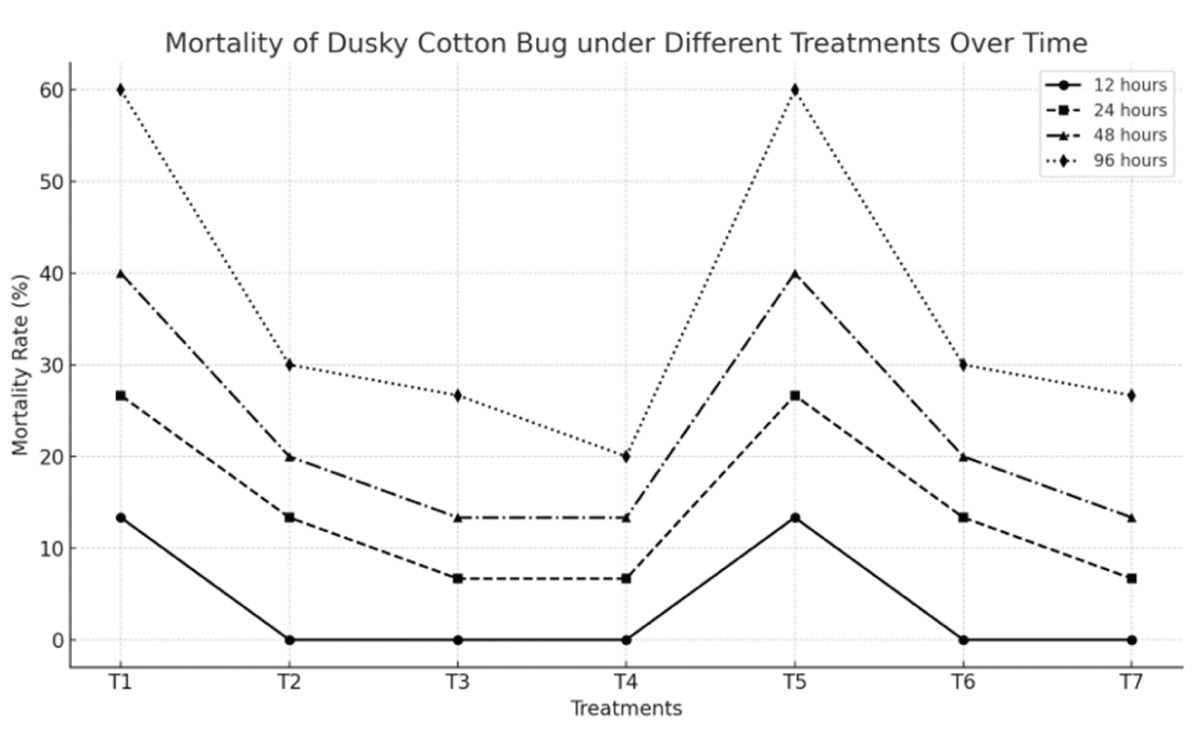
Efficacy of Alternative Insecticides against Dusky Cotton Bug (Oxycarenus laetus) to Improve Yield Losses in Cotton Crops through Residue-based Bioassay
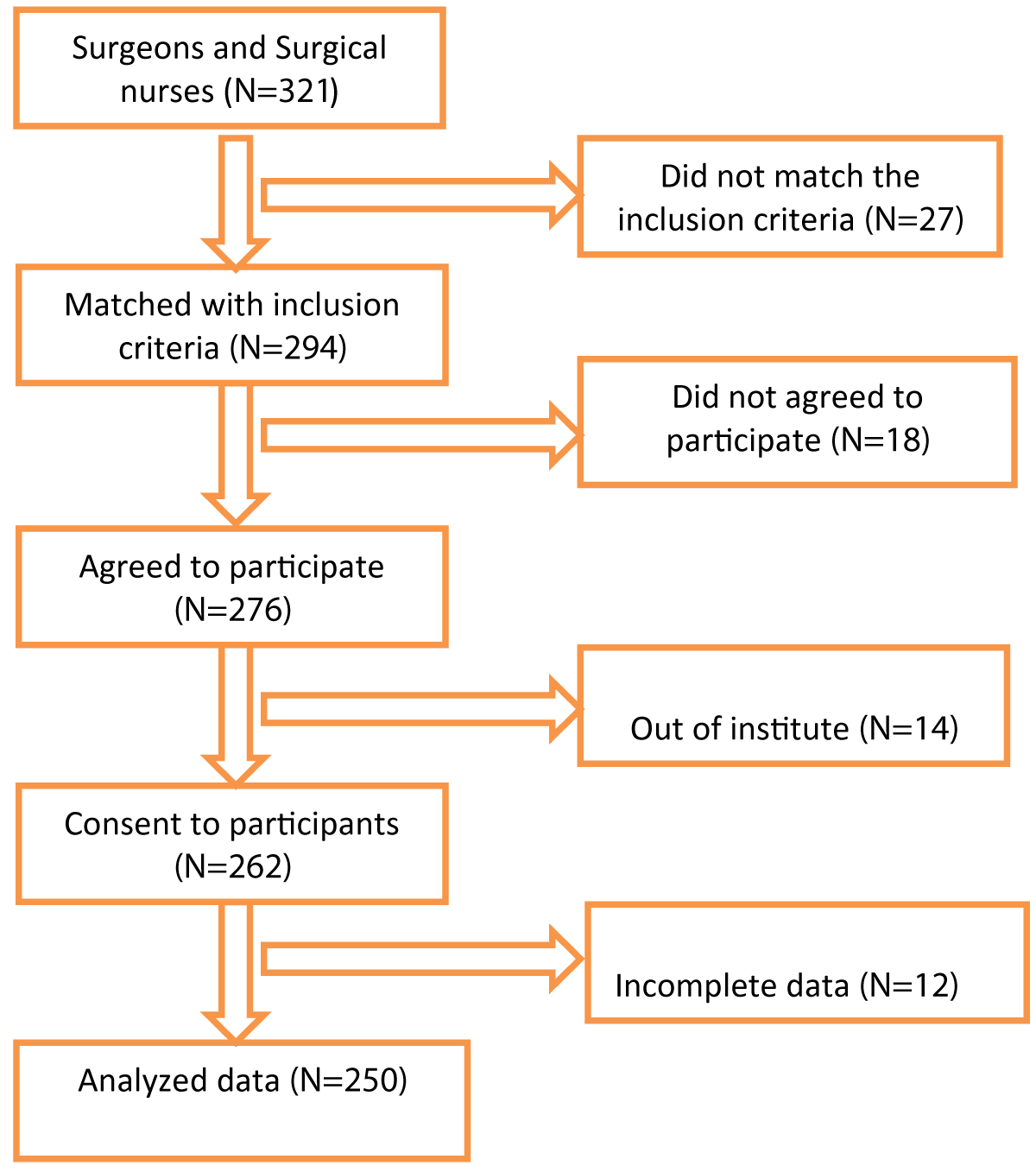
Prevalence of Non-specific Low Back Pain Among Chinese Healthcare Workers (Surgeons and Surgical Nurses): A Multi-Center Survey Study
Screening for Sexually Transmitted Infections in Adolescents with Genitourinary Complaints: Is There a Still Role for Endocervical Gram Stains?
Communication Training at Medical School: A Quantitative Analysis
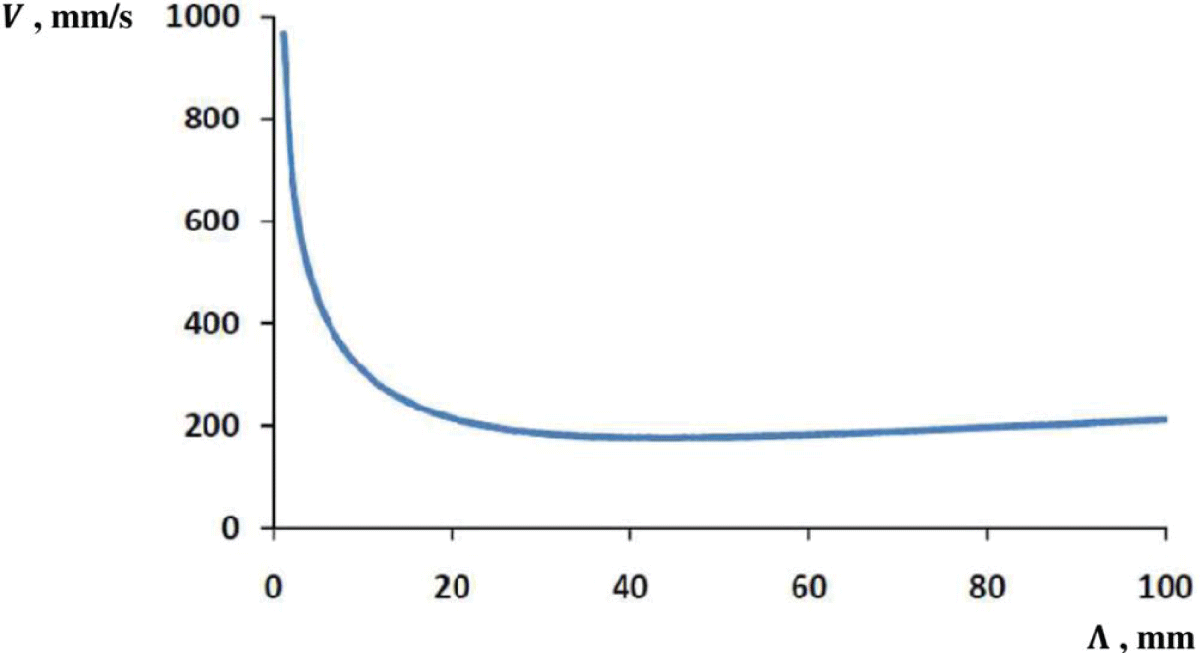
Problem of Surface Waves on Water in Higher School Laboratory Workshop

Correlation between Different Factors of Non-point Source Pollution in Yangtze River Basin
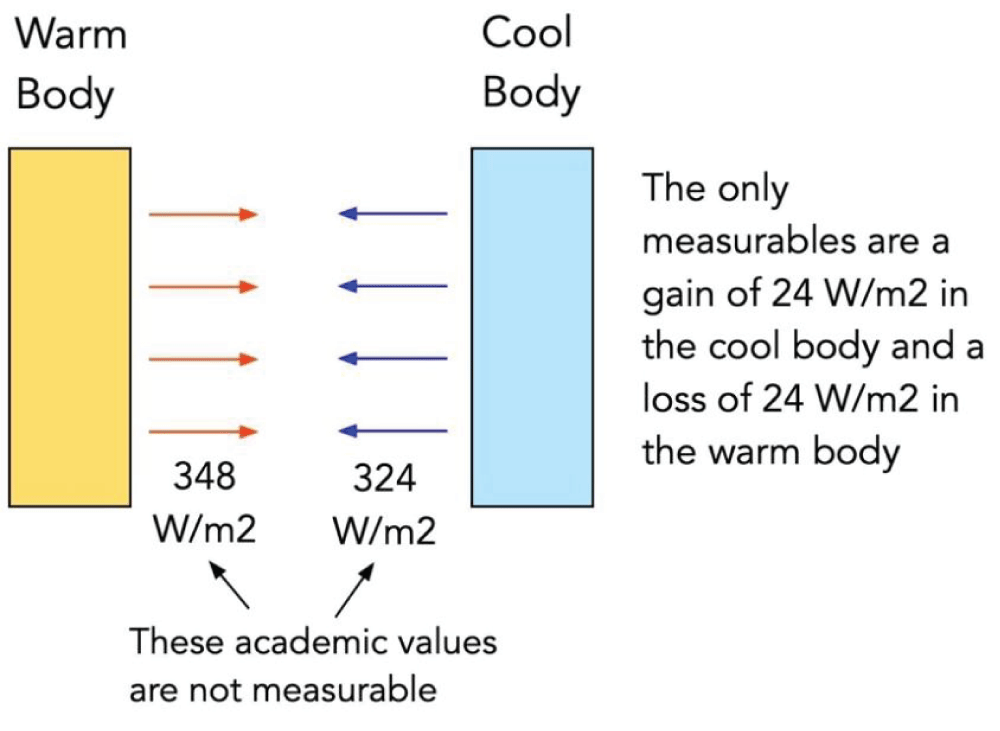
How Increased CO2 Warms the Earth-Two Contexts for the Greenhouse Gas Effect
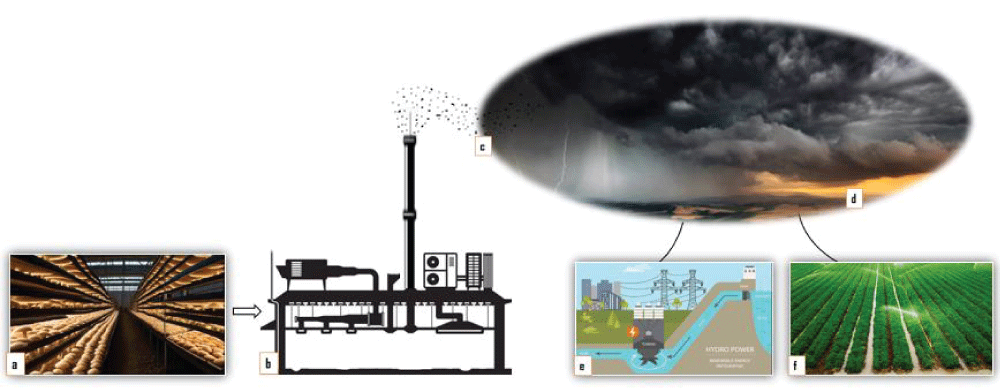
Atmospheric Fungal Spore Injection: A Promising Breakthrough for Challenging the Impacts of Climate Change Through Cloud Seeding and Weather Modification
An Open Letter to the 2022 Winners of the Nobel Prize in Physics
Support for the use of Binomial Nomenclature in the Taxonomy of Viruses

A Rare Entity of Idiopathic Clitoromegaly with HBsAg Positive Status Managed with Dorsal Nerve Sparing Clitoroplasty
Artificial Intelligence & the Capacity for Discrimination: The Imperative Need for Frameworks, Diverse Teams & Human Accountability
Quality Culture - Lessons Learned from the Low- and Medium Income World

Boundary Value Problems in Ellipsoidal Geometry and Applications
Quantum Perception and Quantum Computation
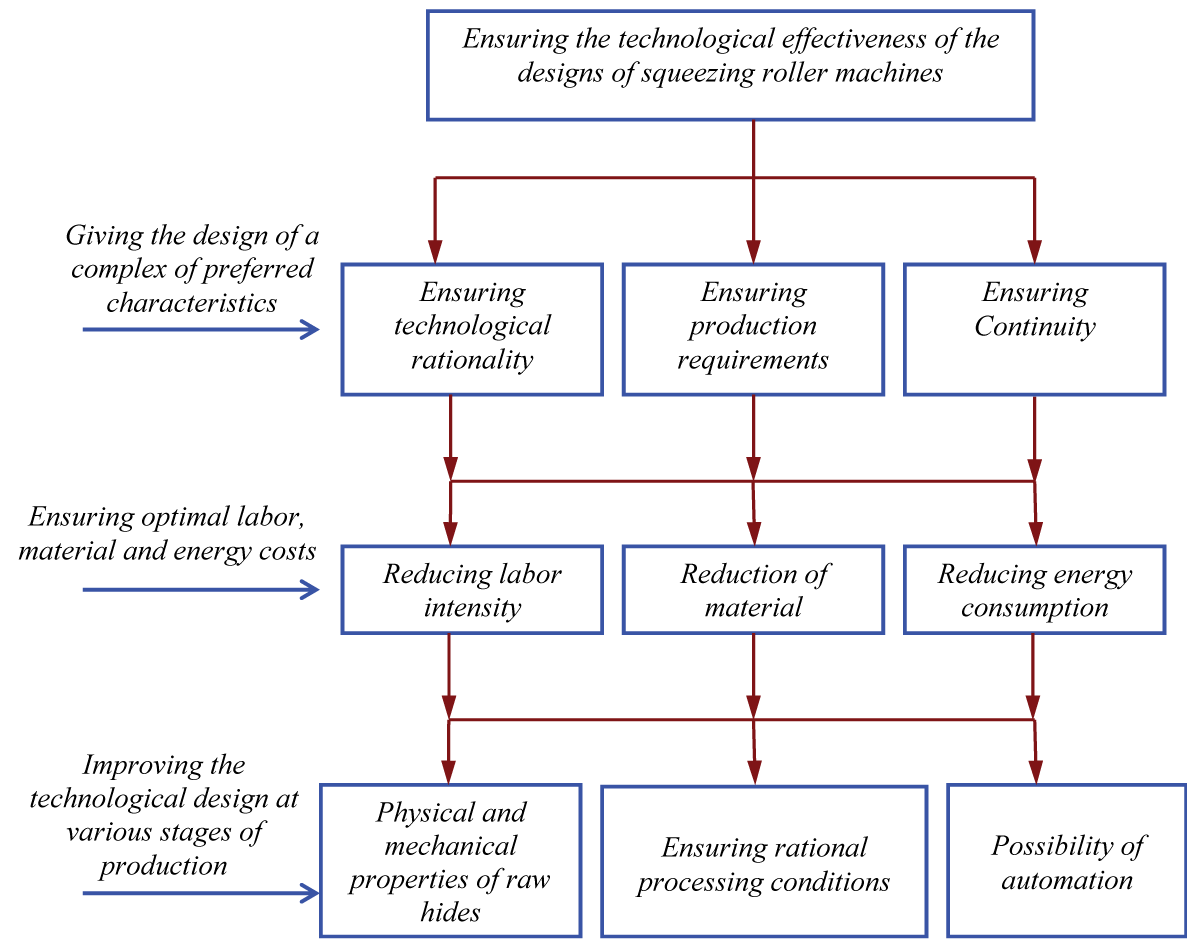
Issues of Manufacturability of Roller Machines
 Research Article
Research Article
The Lukala Cement Plant's Life Cycle Analysis: Towards a More Sustainable Production
This paper presents an in-depth Life Cycle Assessment (LCA) of the Lukala Cement Plant, highlighting the environmental impacts associated with cement production. The cement industry, as one of the largest emitters of CO2, raises major sustainability concerns, particularly due to the deleterious effects on climate and public health. The objectives of this research include not only assessing greenhouse gas emissions but also identifying concrete methods to reduce these impacts. The study reveals that the Lukala Cement Plant emits approximately 579,130 tons of CO₂ per year, mainly from the decarbonation of limestone (67%) and the clinkerization process (33%). These figures far exceed regulatory thresholds, highlighting the urgency of rapid and effective intervention to mitigate these emissions. The LCA identified the most polluting production steps, including extraction, grinding, and clinkerization, paving the way for targeted and strategic improvements. Opportunities for optimization were identified, including the use of less pure limestone, the integration of recycled materials, and the transition to renewable energy sources for the clinkerization process. This research is crucial in the current context of the fight against climate change. As a major contributor to greenhouse gas emissions, the cement industry must imperatively adopt sustainable practices. LCA provides a robust methodology to quantify environmental impacts and identify appropriate solutions. The results of this study can be applied to other cement plants around the world, serving as a model for other carbon-intensive industries. Future research should explore the integration of innovative technologies, such as carbon capture and storage, and the use of alternative materials in cement production. This study highlights the importance of immediate and coordinated action to transform the cement industry into a sustainable sector, ensuring economic profitability while protecting the environment for future generations. Commitment to environmentally responsible production practices is not only desirable but also essential to ensuring a sustainable future.





